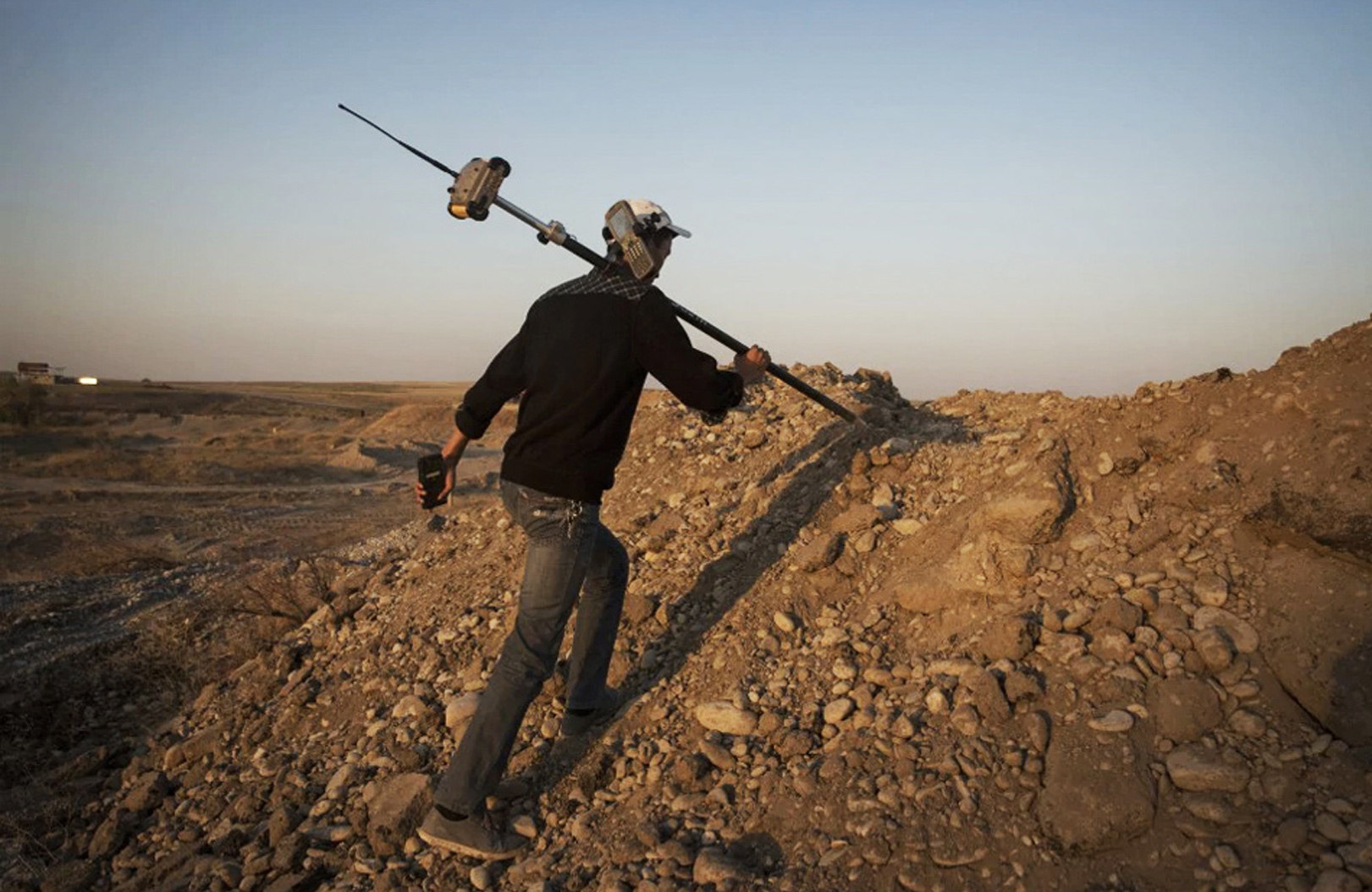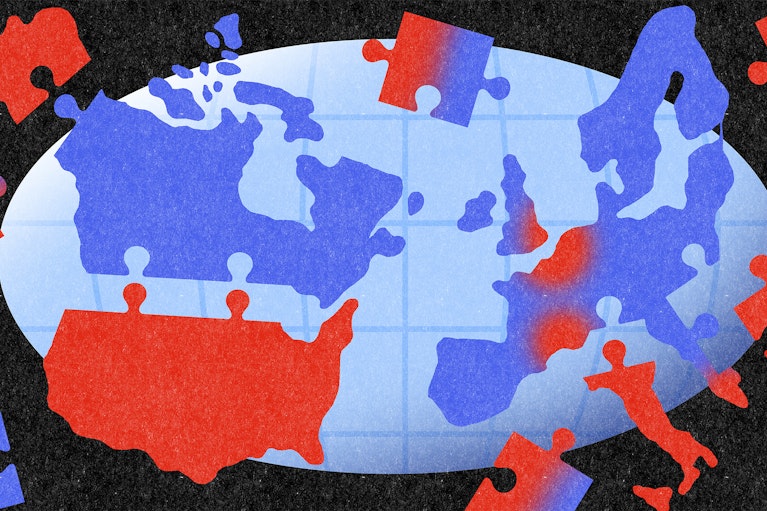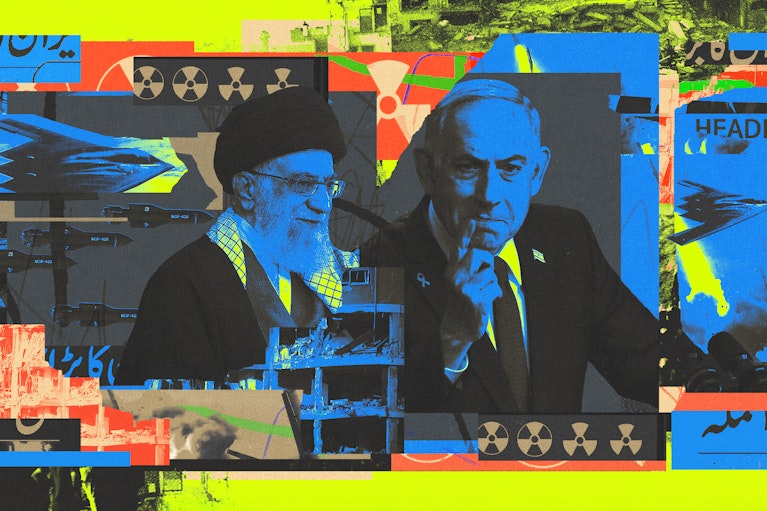Jonathan E. Hillman is a fellow at the Center for Strategic and International Studies, where he directs the Reconnecting Asia Project.
China’s $1 trillion push to build infrastructure across Asia evokes romantic comparisons to the ancient Silk Road, but there is a more recent chapter of history that urges caution. More than a century and a half ago, the United States was a rising power racing westward, building transcontinental railways that delivered limited benefits and exacted a high cost from society.
Today, China has taken on that role. The parallels are striking — and troubling. Mixing economic and strategic aims, America’s transcontinental railways became an unquestionable national imperative. Their actual construction, however, catered more to elite interests than collective wellbeing. Political favors trumped economic fundamentals thanks to shady financing, excessive subsidies and a heady dose of nationalism.
Cozy relations between the U.S. government and large corporations made the railway expansion possible. In 1862, President Abraham Lincoln signed the Pacific Railway Act, which issued land grants directly to corporations for the first time. Among other subsidies, the government provided a series of land grants that, if combined today, would be the size of the third-largest state.
Corruption was common. In perhaps the most infamous example, the construction company Credit Mobilier inflated its fees and bribed American politicians with cash and discounted stock. Among those paid were the secretary of the treasury, the vice president and four senators. Kickbacks also secured the support of state legislators and judges, who threatened to hold up projects.
Speed was prized above safety. U.S. land grants and loans required completing projects, which incentivized using temporary wooden structures and other short-term solutions. Railway executives publicly challenged their competitors to see who could build fastest. In 1869, the head of the Central Pacific Railroad company won a bet by pushing his workers to lay 10 miles of track in a single day.
But it wasn’t long before the emphasis on quantity over quality showed. Bridges failed, engine boilers exploded, and trains derailed. Mismanaged timetables and single-tracked routes even led to train collisions. In 1880, one survey reported over 8,000 accidents for U.S. passenger trains alone.
Building first and troubleshooting later was a distinctly American practice. During the same period in Britain, railway engineers painstakingly ensured tracks were as close to level as possible. The process was slower and more expensive in the short term. But these projects lasted longer, and incredibly, some of the bridges and tunnels that were built in Britain then remain in use today.
America’s rail race developed its own momentum. Main lines branched into trunk lines, which gave way to local lines. During the 1860s alone, 22,000 miles of new track were built in the U.S., a feat that was nearly doubled the following decade. Construction begat construction. Few people, if anyone, understood how all the pieces fit together.
As more track appeared than the market needed, nearly everything the railways carried became distorted. New land was eagerly exploited, and wheat, cattle, coal and silver production skyrocketed. Towns like Dodge City, Kansas grew rapidly as they were connected to markets in the east. But as the railways moved further west and closer to sources of cattle and other commodities, many of these boom towns went bust.
The Dakotas became a natural experiment in state support, as Stanford University historian Richard White explains in “Railroaded,” a book that should be required reading for Chinese policymakers. In South Dakota, railways emerged over a longer period of time to meet demand, and farmers avoided marginal land. But in North Dakota, land grants and subsidies encouraged rapid construction, driving up land prices and over-settling unproductive land.
Economic missteps gave way to environmental disaster. Land was over-farmed and over-grazed. Mining companies dammed rivers, dynamited mountains and poisoned the soil and water. Hunters killed buffalo for their hides, meat and merely for sport, driving them to the brink of extinction. During an 18-month stretch, a Kansas Pacific Railway contractor, William Cody, killed 4,280 buffaloes to feed workers, earning him the nickname “Buffalo Bill.”
America’s transcontinentals were not kind to those who lived in their path, nor to those who built them. Carrying troops and settlers, the railways expedited the breakup and deaths of western Native tribes. Railway workers endured long hours and dangerous conditions for little pay. Many of them were foreign, including thousands of Chinese workers, who were discriminated against and forced to pay for their own lodging, food and tools.
China’s new Silk Road
Indeed, the U.S. transcontinental railways are part of China’s own global history. But infrastructure projects under President Xi Jinping’s Belt and Road Initiative echo many of the same mistakes. Financing is often opaque. Heavy subsides fuel China’s state-owned enterprises. Projects favor speed over safety, breaking ground quickly and dealing with environmental and social concerns later.
Responding to criticism about their current infrastructure efforts, Chinese officials might recall this history and cry hypocrisy. After all, today’s developed countries were not required to meet high environmental and social standards when they were developing in the 19th and early 20th century. Is the international community now setting a higher bar, or a double standard?
That sense of unfairness is understandable but dangerously misreads history. The U.S. developed not because of its railway misadventures but in spite of them. Had U.S. railway construction proceeded more slowly, reflecting market needs rather than insider interests, the U.S. could have enjoyed more of the railways’ benefits with fewer of its costs.
To be sure, there are important differences. China is already a world leader in building infrastructure. Transport technologies are more mature. But arguably, China’s journey west will be more difficult. Rather than operating only within its borders, China’s Belt and Road Initiative aims to connect nearly 70 countries, each with its own challenges and risks.
Most striking is how China’s efforts are infused with nationalism. The Belt and Road Initiative is central to Xi’s plan for achieving the “Chinese Dream” and making China a leading global power by 2050. Last November, the effort was enshrined in the Communist Party’s constitution.
Likewise, America’s westward expansion was rarely questioned after it began. As Harper’s reported in 1867, “The work is now one of such national importance that the people insist upon its vigorous prosecution as positively as they insisted on the prosecution of the last war.” There was no turning back and no slowing down.
Eventually, America’s railway excesses brought the U.S. economy to its knees — not once, but twice. In 1873, a stock market crisis in Europe led investors to sell U.S. railway bonds. Unable to find more buyers for their bonds, many railway companies failed, as did one of the nation’s largest banks. The railway bubble burst again in 1893, leading to the deepest depression up to that point in U.S. history.
China could learn from America’s mistakes. That starts with understanding that building infrastructure is not an end in itself. Greater transparency can reduce corruption and prevent inefficiencies. Quality matters as much as quantity. Built poorly, infrastructure can destroy more value than it creates.
This was produced by The WorldPost, a partnership of the Berggruen Institute and The Washington Post.





